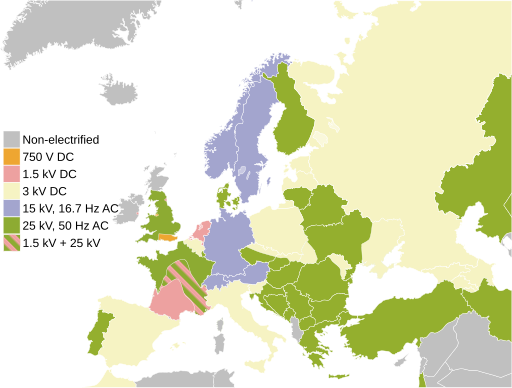Urban Sky
Senior Member
A small detail for me, but I personally think it's very important for VIA to have substantial Venture service on Corridor East before the HFR RFP winner is announced. I believe it contributes to confidence in passenger rail service and shows the average Canadian what is possible.
Agreed, and that’s why I find VIA’s reluctance to restore #650/651 rather puzzling, as these trains are crucial in keeping those communities happy which nominally (i.e., in terms of frequencies running through them, even if not necessarily stopping there) stand to lose under HFR…Most definitely.
Conversely, VIA cannot afford any sort of bad press or situation where the trains are pulled from service due to an emerging glitch or manufacturing deficiency. I’m sure that this is one reason why they are going with such a “soft” launch.
One does hear about small teething troubles with the new trains - nothing major or unsolvable, but the media and the public may not bother to put these into context. So until all the bugs are out and there is proven strong performance, it’s like they aren’t even here yet.
- Paul
Last edited:





